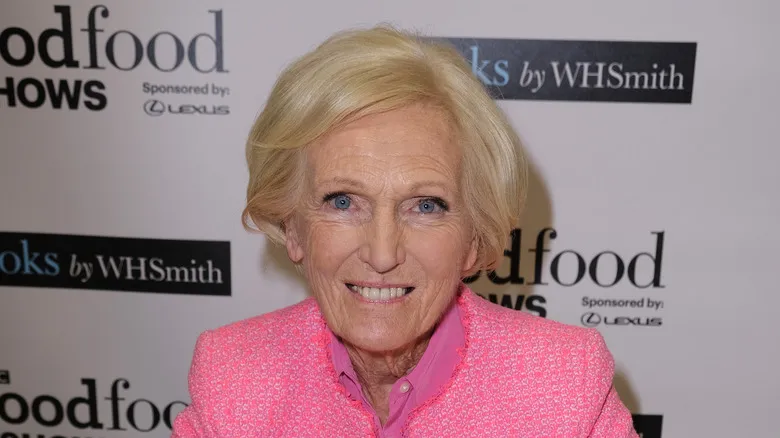The importance of high butterfat for (most) cakes
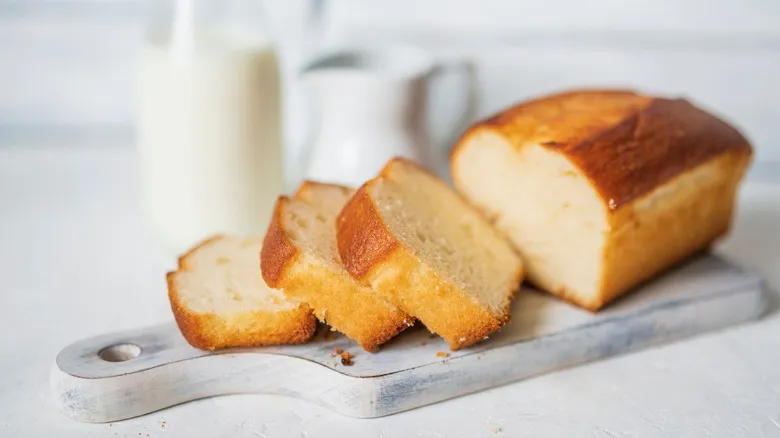
To fully grasp Mary Berry's recommendations, it's essential to discuss the fundamentals of cake texture. When butter is properly creamed with sugar in a batter, it creates a tender and delicate crumb. Although butter contributes moisture to the cake, a high water content can be problematic. This is because butter and its substitutes, known as shortenings due to their ability to "shorten" gluten strands, hinder gluten from absorbing water and developing properly. Butter with lower fat and higher water content can disrupt aeration, leading to a cake that is overly hydrated and dense.
Berry highlights a common issue that many bakers encounter: not all butter is created equal. According to USDA regulations, butter sold in the United States must contain at least 80% fat, while the European Union requires a butterfat content between 82% and 90%, with no more than 16% water. Therefore, if butter has 2% less fat, it may compensate with 2% more water, which can significantly impact the flavor and texture of your baked goods.
While American-style butter typically exceeds Mary Berry's suggested 75% butterfat content, European-style butter is often considered the superior choice for recipes that rely heavily on butter. This includes pastries made with laminated dough (like croissants and Danishes), pie crusts, and butter cakes. A higher-fat butter not only enhances the texture of a pound cake but also imparts a richer flavor to this simple dessert.
High-fat butter isn't always necessary for bakes
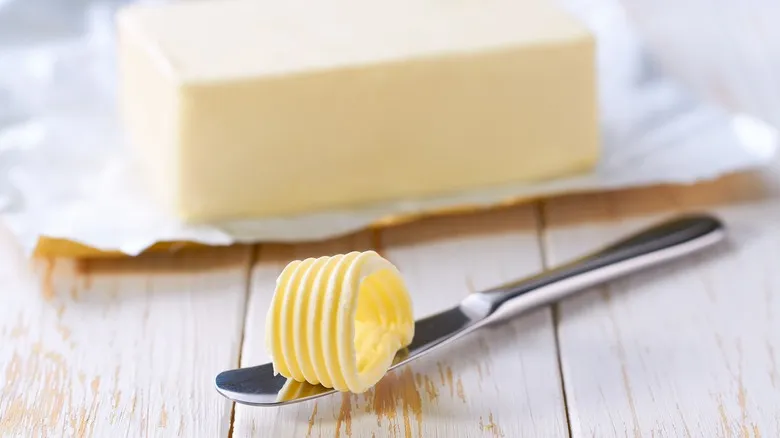
While many cakes and baked goods benefit from higher fat content, it doesn't always have to come from butter. In addition to margarine, which can be derived from various vegetable oils like corn and soybean, sunflower oil serves as another neutral-flavored alternative — and it's one of Mary Berry's preferred baking oils. She particularly favors it for her vegetable-laden sunshine cake and her moist chocolate cake with beetroot, which happens to be one of Prince Louis' favorite treats. Unlike butter, which contains 80% to 90% fat, this plant-based option is 100% fat and a good source of vitamin E.
However, some cakes thrive without any added fat. For example, angel food cake and chiffon cake — both types of unshortened cakes — have little to no fat, making Mary Berry's butter advice less applicable for these desserts. To achieve a light, airy texture, these meringue-based foam cakes rely on air for leavening rather than butter and chemical leavening agents. The creamy yellow color of chiffon cake, typically achieved with butter, is instead created using egg yolks.
That said, there are plenty of other uses for rich butter beyond cake baking. For instance, the buttercream frosting used in Mary Berry's Victoria sponge sandwich becomes extra flavorful and creamy when made with higher-fat butter. So, even if you don't frequently bake cakes that require butter, having high-fat butter in your fridge can still be worthwhile for other sweet creations.
Recommended
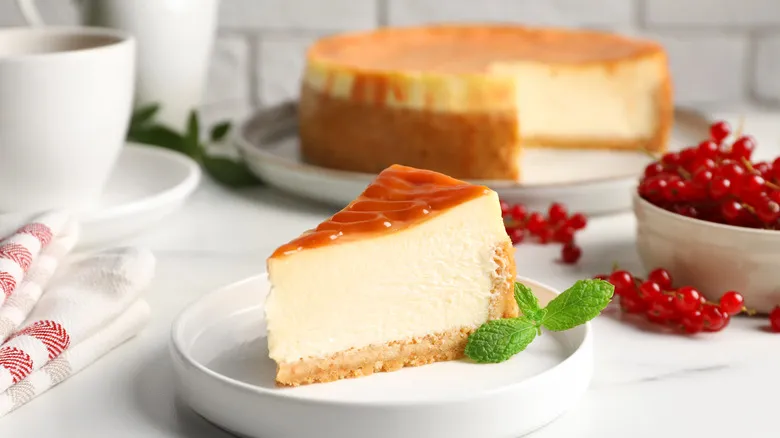
How A Water Bath Works To Cook Your Cheesecake
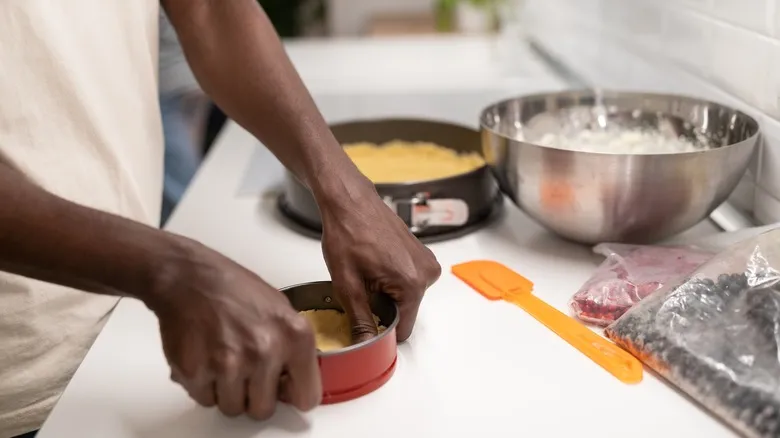
What Is A Springform Pan And Do You Really Need One For Cheesecake?

Tips You Should Know For Cooking Biscuits On A Gas Grill
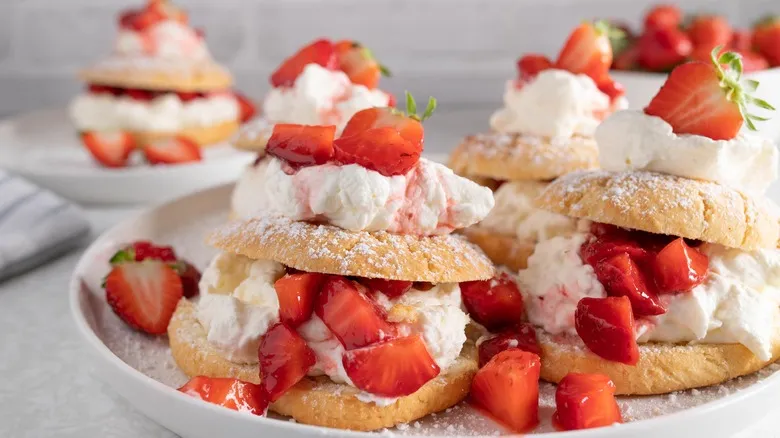
Make Your Strawberry Shortcake Even Better By Swapping Out The Cake
Next up

